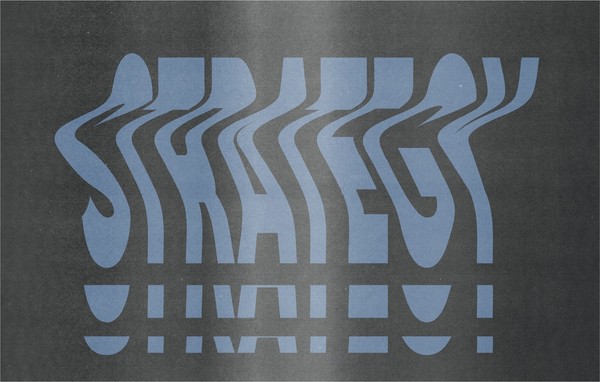4 Project Management Do's in our Agile Process
Never ”throw it over the fence”
If you aren’t familiar with the term “throwing it over the fence”, it means to do your work, and then toss it to the next person with minimal communication. This way of doing things gives the indication that:
- you don’t need to see or interact with the person on the other side
- once your job is done, it’s out of your control and responsibility
How does that benefit the end product? It doesn’t. Usually, it only benefits the person doing the work in the short-term.
Help others see the benefit of shared responsibility
For those who are used to the traditional approach, helping to shoulder the responsibility can be hard. Our experience has shown that shifting responsibility to the whole team, coupled with having their back, leads to greater investment in their work. In turn, work done with invested team members produces better results. While any team may feel the pain of trying something new, being supportive in this phase will ease the transition.
Foster communication and collaboration
Key to the agile process is multilateral communication. This is not only emails and messages from our project management tool, Basecamp, but more importantly, regular collaboration between members of the team.
Information doesn’t flow through the project manager, instead the project manager ensures the information is flowing between team members by facilitating conversations.
Be the team compass
One of the first tenets of our process is that we know a huge, exhaustive specification becomes outdated almost as soon as it is written. With this in mind, we forsake a specification for a handful of brief, to-the-point documents:
- Creative and UX Briefs
- MoSCoW Requirements (Must Have / Should Have / Could Have / Won’t Have)
- Measurement Plan
These brief documents are not detailed maps of where we are going, but instead our compass. When a question like ”who’s the audience here?”, “should we do this?” or “what’s the goal?” pops up, the team can refer to these guides. The project manager coordinates the care and feeding of these documents along the life of the project. He or she no longer needs to be deeply involved in the day-to-day work of the creative or development teams. More of their time can be spent ensuring week-to-week, sprint-to-sprint that the project is on course according to the documents above.
Related Posts
Where Do We Start? The Technical Audit
By: Kim Clark on 3/15/2010
Any solid SEO program should begin with at technical audit of your website.
Read More »VIA Studio Joins Google Apps Authorized Reseller Program
By:Jason Clark on 3/25/2010
VIA Studio today announced it has become an authorized reseller of the Google Apps suite of communication and collaboration tools. VIA Studio provides setup, integration & support services for businesses and organizations using Google Apps.
Read More »

